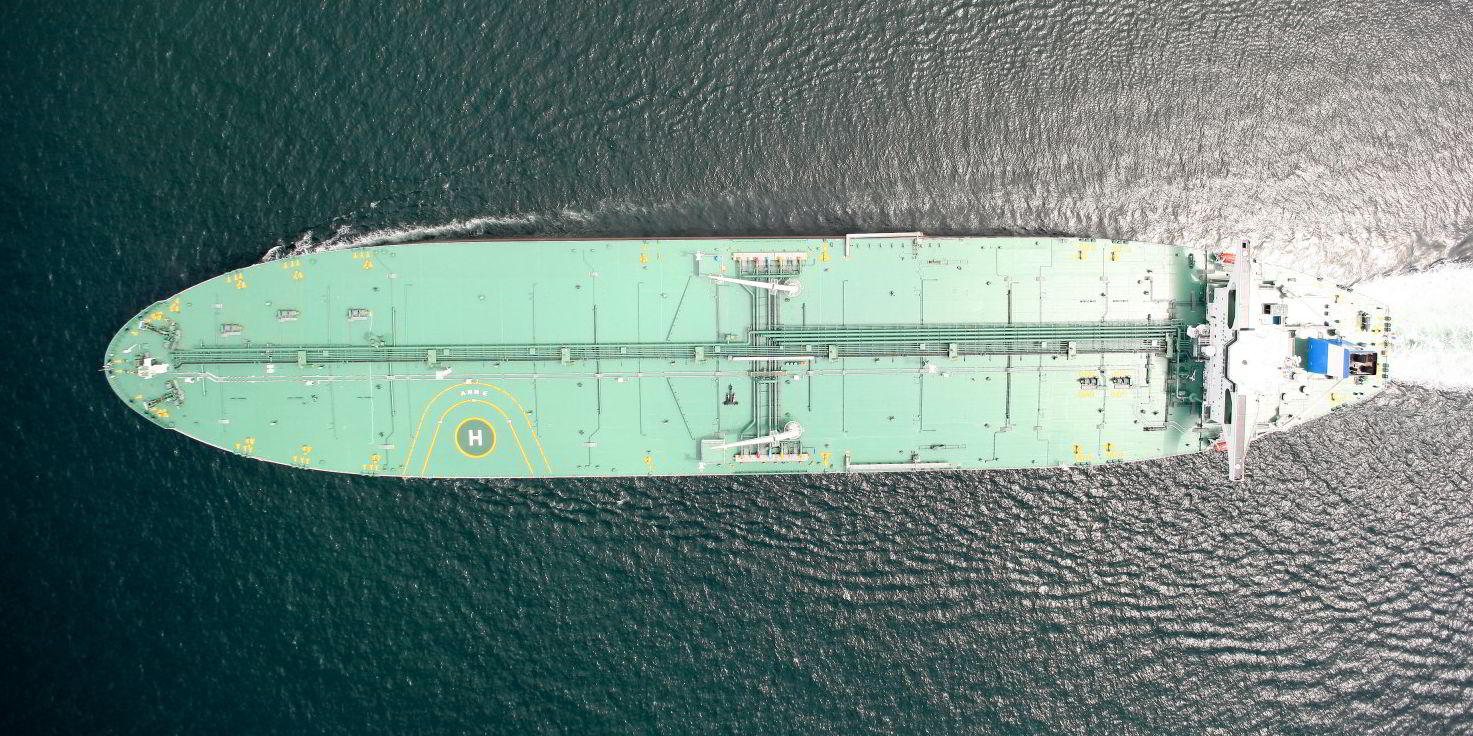Events in Ukraine and the state of the global economy will likely determine if the rally in the VLCC market can be sustained, says Poten & Partners.
The US shipbroker said a successful implementation of the European ban on Russia’s seaborne oil imports, in combination with the G7 oil price cap could boost ton-mile demand and further increase freight rates.
However, this positive momentum could be derailed by a global recession which will hurt oil demand over the next six to 12 months, it added.
“VLCC fleet growth is limited, oil prices have come down, and owners are bullish on their prospects, giving the VLCC market positive momentum as we are getting closer to the seasonally strong winter months,” Poten said.
The VLCC segment was one of the hardest hit after the massive OPEC+ production cut, which was not surprising given that most of the cutbacks came from long-haul crude oil exporters in the Middle East and West Africa, which are heavy users of VLCC tonnage.
But since the end of June 2022 earnings for a standard VLCC equipped with an exhaust scrubber have surged 10-fold to $100,000 per day, according to the broker.
“As is often the case in the tanker market, there is not a single explanation for these developments,” said Poten.
“A combination of factors is at work, some related to ton-mile demand, others driven by supply side factors, fleet productivity, oil prices and last, but not least market psychology.”

On the demand side, VLCC activity has picked up with reported spot fixture activity in August at its highest level since March 2020.
Poten said it recorded 257 reported spot fixtures that month, with September said to be shaping up to be another good month with 191 fixtures recorded so far, with a week to go.
The Middle East and the US Gulf have been the two key areas driving this increase.
“Some 174 spot fixtures out of the Middle East were reported in August 2022, up from 120 in July and an average of 140 for 2022 year-to-date,” said Poten.
“A record 33 US Gulf fixtures were done in August as well, exceeding the 28 fixtures from March 2020.
“Since both regions tend to generate mostly long-haul voyages, the boost to VLCC earnings has been significant,” the broker added.
Poten said that dislocations and inefficiencies may have also contributed to the boost in VLCC rates.
“As the Europeans are looking at alternative sources of crude to wean themselves of Russian barrels, VLCC employment in the Atlantic Basin has increased,” it said.
“VLCCs were competitive in moving crude to Europe from the Middle East, West Africa and from the US, while India and China imported more Russian oil, most of which came on suezmaxes and aframaxes.
“This trend has reversed recently and more demand in the Pacific means that Asian charterers need to pay up to draw these VLCCs away from the Atlantic Basin,” the broker added.
Poten said that as shipowners observe the tightening supply/demand balance, they “gain confidence and boost their rate ideas, reinforcing the rising trend”.





